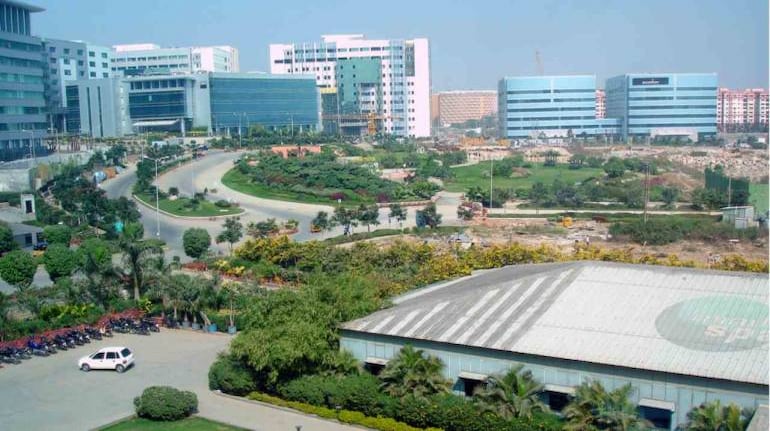



The Covid-19 outbreak is expected to accelerate tech growth in tier-2 and tier-3 cities with remote working becomes a norm across the sector, say experts.
Analysts and human resource professionals pointed out that in the next five years, close to 25-30 percent of the IT workforce could potentially work from smaller towns and cities.
Due to the Covid-19 outbreak, hundreds of techies moved to their native places before the lockdown came into force on March 24. Companies have extended work from home facility until July and in some firms, until September.
Majority of the techies working in cities such as Bengaluru, Chennai, Hyderabad, Mumbai, Pune and Delhi- NCR hail from smaller towns and cities.
An executive pointed out that more than 70 percent of the tech workforce in Bengaluru are not natives.
Also Read: COVID-19 impact | With surge in layoffs, demand for outplacement services soars
This would never have happened if not for COVID-19, said Sunil C, head – specialised staffing, Teamlease services, a staffing firm.
"What COVID-19 did was change the perception that everyone should be next to each other in an office setting," he said.
This change in perception could act as a catalyst for growth of IT sector in tier-2 and tier-3 cities, he added.
Conversation is hardly newThis conversation is hardly new as IT firms had taken steps to improve their presence in smaller towns.
Take for instance HCL Tech. The company put up a strategy in place a couple of years ago with a focus on expanding in tier-2 cities with an investment of Rs 6,600 crore. At present, it has centres in Madurai, Lucknow, Nagpur and Vijayawada. Apart from HCL Tech, other IT firms such as TCS, Cognizant and Infosys have stepped up their presence in tier-II cities such as Kochi and Coimbatore.
Also Read: COVID-19 impact | Not just H-1B, US L-1 visa holders also in the line of fire
However, most of these firms have not scaled up, Pareekh Jain, founder of Pareekh Jain Consulting, pointed out. Most companies have provisions for 300-400 employees and this number has not increased over years.
This meant that of the overall IT workforce those working in smaller towns are still small. For instance, of 50 lakh people currently employed by the IT sector only close to 10-15 percent are employed in smaller towns and cities.
According to Jain, the pandemic might change that and if companies continue to adopt WFH and remote working, this could be increased to 25 percent.
There might not be a need for huge real estate investment investments given that flexibility work from home offers. While client permissions are important, acceptance for such models are ideal due to the pandemic situation.
Infrastructure issues such as connectivity could be a concern but, experts pointed out that it could be addressed if there is enough demand is created in the market for telecom players to step up the services.
Some firms have already taken a lead in this. Zoho, a software-as-a-services firm, said that with 99 percent of its employees working from home, the company is looking to start remote offices in smaller towns.
"In my conversation with employees, I can see that more of them are willing to relocate to smaller towns," he explained and added this expansion is likely to continue. The company has one office in a village near Kumbakonam and another in Srirangam. Both the locations are approximately 250-300 kilometres from Chennai.
Follow our coverage of the coronavirus crisis here
Discover the latest Business News, Sensex, and Nifty updates. Obtain Personal Finance insights, tax queries, and expert opinions on Moneycontrol or download the Moneycontrol App to stay updated!
Find the best of Al News in one place, specially curated for you every weekend.
Stay on top of the latest tech trends and biggest startup news.